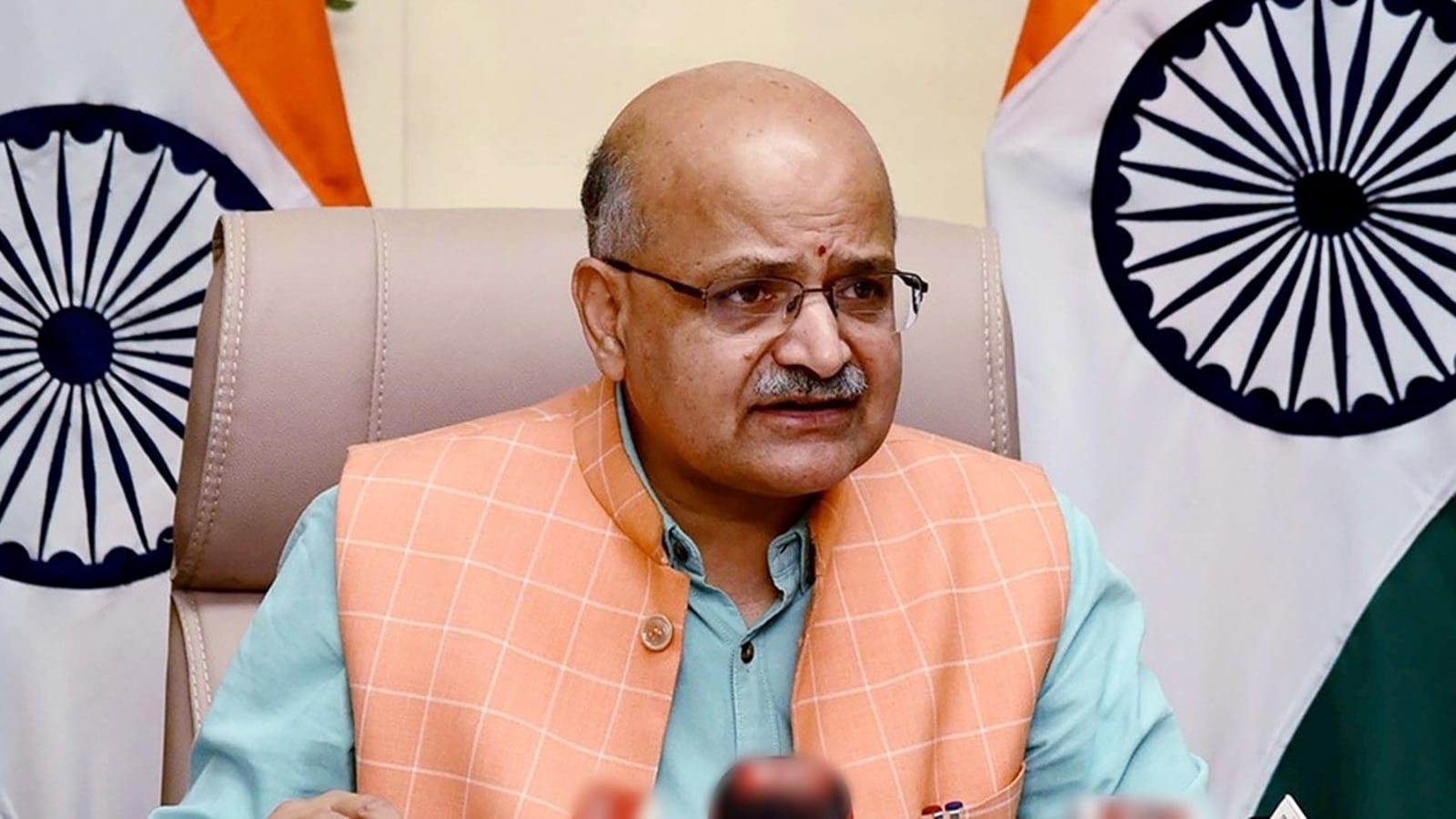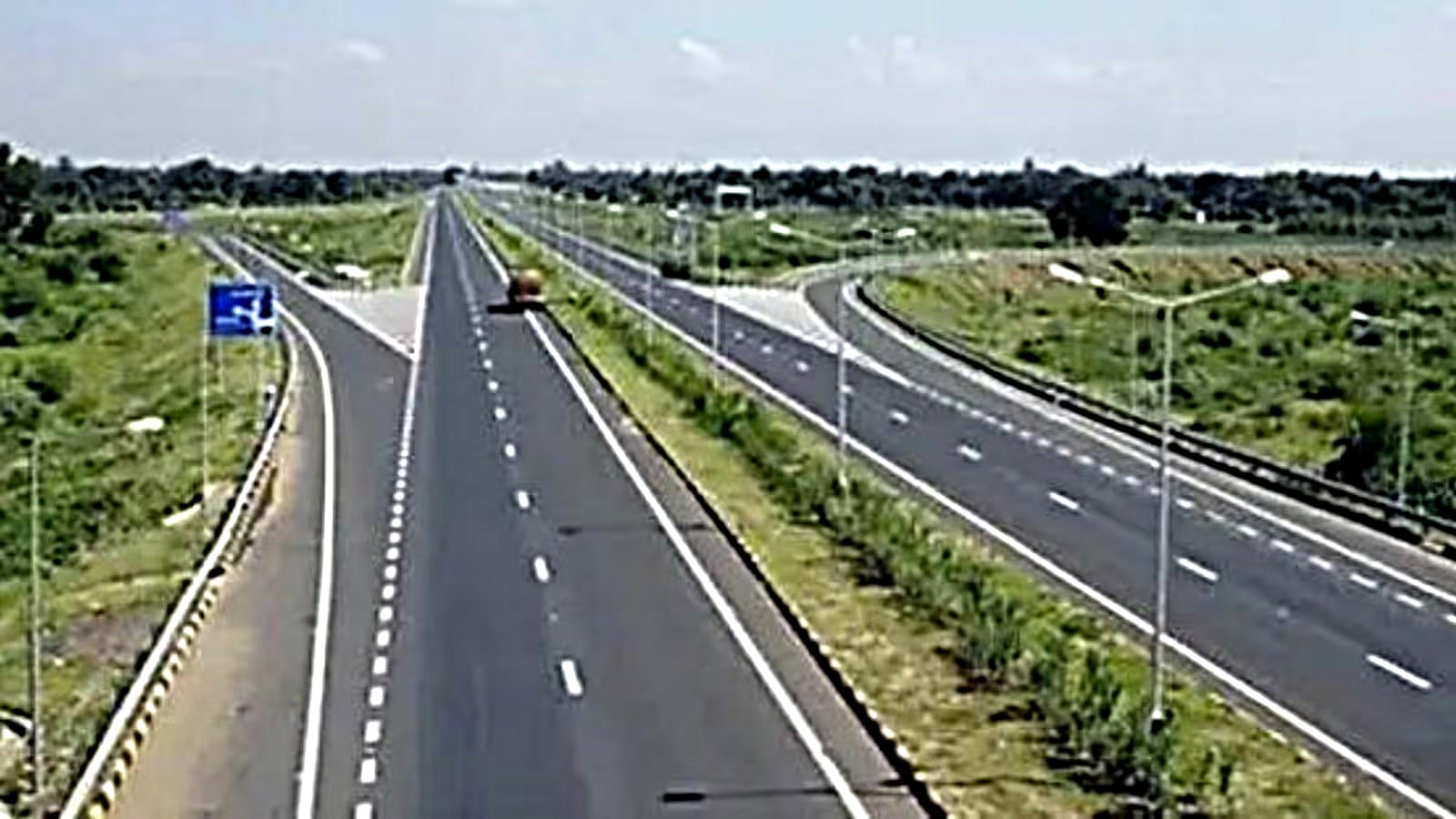
Next-Gen Reforms Ahead of Diwali: NITI Aayog Insights
NITI Aayog CEO BVR Subrahmanyam recently emphasized the critical need for India to lower tariffs and dismantle non-tariff barriers to enhance its manufacturing sector's competitiveness. As India strives to position itself as a global manufacturing hub, opening up markets becomes essential. The forthcoming National Manufacturing Policy (NMP) is expected to tackle several key challenges hindering growth in this sector.
Subrahmanyam expressed optimism regarding the NMP, stating that it would focus on creating world-class trade ecosystems and manufacturing clusters. With major reforms on the horizon, including a potential trade agreement with the US, there is hope for significant changes before the festive season of Diwali. The Rajiv Gauba-led committee has already submitted its initial reports on these reforms, aiming to set the stage for a more competitive manufacturing environment.
However, the implementation of the Quality Control Order (QCO) raises concerns for smaller manufacturers. While the QCO aims to enhance product quality, it could disproportionately affect smaller units that may struggle to source components from approved suppliers. To mitigate potential closures and ensure industry continuity, it is suggested that the QCO be rolled out in phases, with simpler compliance requirements, especially for mass-market items like footwear.
Moreover, India faces challenges in raw material sourcing, particularly in clusters such as Agra, where fragmented sourcing can lead to cost increases of up to 40% and delays in production. Higher tariffs on raw materials compared to competitors further exacerbate these issues. The NITI Aayog report calls for stronger policies to address these challenges, emphasizing the need for better access to raw materials and support for manufacturers.
To truly enhance competitiveness, India must invest in skilling and technology adoption. Expanding apprenticeship-based training and promoting research and development for design innovation are crucial. Modernizing fragmented MSME clusters through vertical industrial complexes can help improve operational efficiency and reduce costs.
In conclusion, while the path to a more competitive manufacturing sector in India is fraught with challenges, the upcoming reforms and policies provide a hopeful outlook. By focusing on collaboration between industry and academia, enhancing skills, and modernizing infrastructure, India can pave the way for a vibrant manufacturing landscape that aligns with global trends and fosters innovation.













